A business model is the foundation of any successful company. It defines how a company creates, delivers, and captures value. There are various types of business models, each with its own unique approach to generating revenue and serving customers. In this blog post, we will explore some of the most common types of business models and provide examples of companies that have successfully implemented them.
In today’s rapidly changing and competitive business environment, a “hybrid business model” is a viable strategy for many organizations to remain agile and respond to changing market conditions. This approach allows companies to integrate different business models in order to serve different market segments, diversify revenue streams, and maximize growth and profitability. Hybrid business models can be particularly effective because they allow organizations to take advantage of the strengths of multiple business models within one operation. For instance, a company can combine elements of electronic commerce, subscription services, and advertising to form a comprehensive and long-term revenue strategy. Hybrid business models also provide companies with the flexibility to mitigate risks and achieve more balanced financial profiles. By integrating multiple business models, organizations can serve both business-to-business (B2B), business-to-consumer (B2C), consumer-to-consumer (C2C), and consumer-to-business(C2B) customers, explore different sales channels, and optimise product or service offerings to meet customer needs.
E-commerce Model
The e-commerce model involves selling products or services online. Companies like Amazon and Alibaba have revolutionized the retail industry by leveraging the power of the internet to reach a global customer base. These companies operate online marketplaces where customers can purchase a wide range of products from various sellers.
Subscription Model
The subscription model is popular among companies offering digital products or services. Netflix, for example, offers a subscription-based streaming service that allows customers to access a vast library of movies and TV shows for a monthly fee. This model provides a steady stream of recurring revenue and fosters customer loyalty. Others such as Spotify and Apple iCloud are using also using this model.
Freemium Model
The freemium model offers a basic version of a product or service for free, while charging for premium features or additional functionality. Companies like Dropbox, Google, Tencent and Spotify have successfully adopted this model. They provide a free version of their product with limited features and offer premium subscriptions for users who require more storage or advanced features.
On-Demand Model
The on-demand model enables customers to access products or services whenever they need them. Uber, DiDi and Airbnb are prime examples of companies that have disrupted traditional industries through on-demand services. Uber allows users to request a ride with the tap of a button, while Airbnb enables travelers to book accommodations directly from homeowners.
S2B2C
The Supplier-to-Business-to-Customer(S2B2C) business model is a type of business model in which a supplier sells goods or services to a business, which then sells those goods or services to consumers. This model is often used in the e-commerce sector, such as Amazob Web Services, Alibaba, Meituan, Pingtuotuo, 111 medical, etc…where suppliers sell products to online retailers, who then sell those products to consumers. However, it can be use offline if you understand the concept.
Franchise Model
Franchise business model is a contractual agreement between a franchisor and a franchisee where the franchisee pays a fee to operate a business under the franchisor’s brand and business model. The popular franchises are McDonald, 7-Eleven and Subway. However, the majority of franchisors do not generate revenue from the services they provide. This is an effective business model that is simple to replicate, profitable and grows the business exponentially.
Razor and Blade Model
The razor and blade business model is a pricing strategy where a durable good is sold at a low price or even for free, while the complementary consumable good is sold at a high price or margin. The name “razor and blade” model is derived from the company Gillette, and this business model is also used by other companies such as Nestle and Canon.
Marketplace Model
The marketplace model connects buyers and sellers on a single platform. Companies like eBay and Etsy provide online marketplaces where individuals and businesses can buy and sell products. These platforms facilitate transactions and provide a wide range of products to customers.
Peer-to-Peer Model (P2P)
A peer-to-peer (P2P) business model is a decentralized approach to business that facilitates direct transactions between individuals or groups without the need for a central intermediary. This model leverages technology to connect and empower individuals to share resources, goods, or services directly with each other. Uber, Airbnb, Upwork, Etsy and Bitcoin are some of the companies using this model.
Distribution Model (B2B & B2C)
The distribution model involves the procurement of goods from manufacturers, the management of inventories, and the efficient shipment of goods to customers. Distributors play a critical role in the chain of supply by facilitating the connection between manufacturers and consumers.
In certian cases, a distributor may engage in both B2C and B2B transactions, depending on their business model and the markets they serve. For instance, a distributor might sell products directly to consumers through an online platform while also supplying products to various retailers or businesses in a B2B capacity.
These are just a few examples of the many types of business models that exist. Each model has its own strengths and challenges, and companies must choose the one that aligns with their goals and target market. By understanding different business models and learning from successful companies, entrepreneurs can make informed decisions and increase their chances of building a thriving business.

